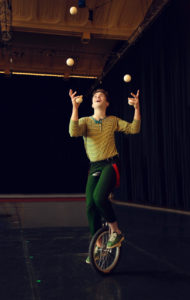Although I’m not a big sports fan, I must confess that I am completely seduced by the virtuosity of the Olympic athletes. The dangerous things they do so well are truly mesmerizing.
The danger is part of the appeal. Ice, snow, and steep slopes make perilous surfaces for even normal locomotion. What amazes me, however, is the extent to which the skiers, snowboarders, and skaters are increasingly airborne – turning, twisting, somersaulting – and somehow returning to earth intact and sliding on to the next fantastic trick.

Laban’s comments on virtuosity in Mastery of Movement are interesting in this context. Virtuosos, like highly skilled laborers, show an economy of effort “that makes the movement look almost effortless. Expressive details remain almost accidental … because the whole effort is concentrated on the actions necessary” to the task.
The commentators like to emphasize the athletes’ dedication and struggles to overcome obstacles, and this certainly adds a background of drama to the competition. However, the Olympics are riveting primarily because of the technical perfection of the athletes’ physical performances. From Laban’s perspective, such movement virtuosity functions as escapist entertainment, allowing spectators to “find comfort and relief” from “workaday sorrows.”
Are these spectacles of perfection merely escapist entertainment? Find out more in the next blogs.

 Mastery of Movement is for body and effort what Choreutics is for space and shape – the most comprehensive treatment of Laban’s ideas in English. The book has an interesting history.
Mastery of Movement is for body and effort what Choreutics is for space and shape – the most comprehensive treatment of Laban’s ideas in English. The book has an interesting history.